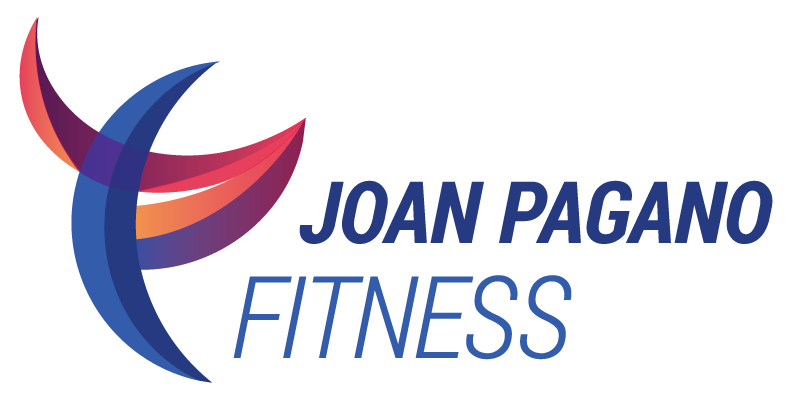How Do You Stop Osteopenia from Progressing?
3 Key factors stop osteopenia from progressing
You can slow down bone loss with a 3-prong approach of exercise, diet, and medication when required. Exercise stimulates the bone-building cells, a calcium-rich diet mineralizes the new bone, and medications prevent excessive bone loss.
Slow down bone loss with a 3-prong approach of exercise, diet, and medication when necessary.
What triggers osteopenia?
Osteopenia is low bone density as measured in a bone density test, and is sometimes referred to as “pre-osteoporosis”. While lower than normal density, osteopenia is not low enough bone loss to be osteoporosis. It is considered a risk factor for osteoporosis but does not always lead to it.
Being a woman of older age are two primary risk factors for developing osteoporosis. The amount of bone you have at menopause and how fast you lose it afterwards are the most important factors in determining if you will develop osteoporosis – 50% of women in their 80s have osteoporosis.
What are the symptoms of osteopenia?
Because osteopenia does not have any apparent symptoms, it is difficult to diagnose without a bone density test. However, one clue is bones that fracture easily. If you suffer an unusual fracture, such as breaking your shoulder from falling on the beach, it is a red flag that you should be tested.
A first fracture from minimal trauma is considered a hallmark of weakened bones. As reported in JAMA , among postmenopausal women, many in their 50s and 60s, who had sustained a first fracture from minimal trauma, the risk of having another fracture was increased by 52 percent compared to their peers who had not had an initial fracture.
Bone fractures are life-changing
Breaking a bone has serious implications for your daily life, including
Chronic pain
Limited mobility
Loss of independence
The ultimate goal is to reduce the risk of falls and fractures and remain independent.
Can osteopenia be reversed without medications?
There are different degrees of bone loss and catching osteopenia early can prevent it from developing into osteoporosis. You may choose a natural approach of following a dedicated program of lifestyle modifications, including exercise and diet (see below), and then be retested.
If you are at greater risk for a bone fracture your doctor may recommend certain medications to prevent this from happening. Medical therapies can slow, maintain, or even increase your bone density.
Whether you should be treated for osteopenia or not depends on a few factors, including sex, age, overall quality of health, and bone density levels. Your doctor will determine which is the best medical therapy.
The medical therapies - antiresorptives and anabolics
Antiresorptive medications slow the breakdown of bones. They come in many different forms - oral tablets, nasal sprays, injections, and intravenous dispensations.
Anabolics generate more bone than you are losing and are available only through injections.
A natural approach to bone health
There is no “silver bullet” remedy for bone loss. It takes a whole person approach, including lifestyle modifications in diet and exercise that can help stop further bone loss.
In the first 7 to 10 years following menopause, if you can maintain your bone mass, you are gaining. Without exercise and good nutrition, your bones will likely decline and worsen your osteoporosis. So, you are gaining by offsetting bone loss.
Beware the bone robbers!
Eliminate unhealthy habits that may increase your risk of osteoporosis. Whatever your age, the habits you adopt now can affect your bone health for the rest of your life.
Diet robbers
Drinking too much alcohol
Smoking – any smoking damages the bones as well as all physiological systems
Eating unhealthy foods, including added sugars, excessive salt, and ultra-processed food
High amounts of caffeine
Exercise robbers
Sedentary lifestyle
Insufficient weight-bearing cardio exercise
Lack of strength training
Stress overload
Protect your bones with enhanced diet and targeted exercise
Diet – nutrient rich and diverse
Fruits
Vegetables, including dark leafy greens
Dairy products
Lean proteins: studies show that increased protein in older adults helps build bone and reduces risk of vertebral fractures
Adequate dietary calcium and vitamin D
Exercise – see related articles with videos of the exercises below
Weight-bearing cardio exercise
Resistance or strength training exercises
Safe stretches ro avoid overloading fragile bones
Adopting healthy habits can stabilize and even improve osteopenia. Know your risk factors and change the ones you can. Support your bones with the right diet and types of exercise.
Disclaimer: The information presented in this and related articles should not be construed as medical advice. It is not intended to replace consultation with your physician or healthcare provider.
For expert guidance on strength training techniques, step by step photos depicting how to perform the exercises and a selection of well-rounded workouts please check out the book Strength Training Exercises for Women by Joan Pagano at https://amzn.to/3mm1GDN
(c) Copyright - Joan L. Pagano. All Rights Reserved Worldwide.

